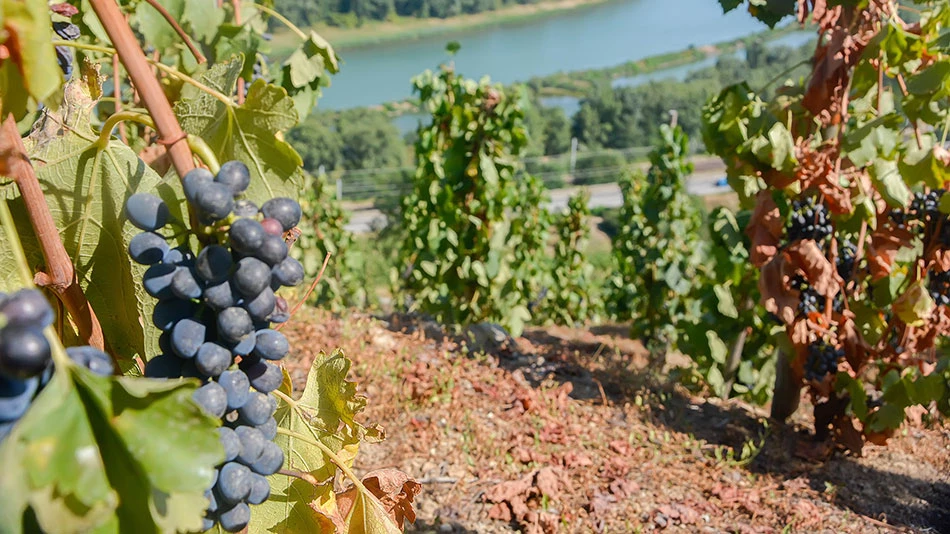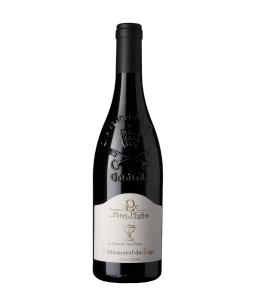Rhône
Rhône: northern power, southern charm
The Rhône’s source is in Valais, and it flows into the Mediterranean 800 kilometres to the south. In the last 200 kilometres of its course, it is lined with vines which yield a range of red crus that are among the most prestigious wines in the world – for example, on the spectacular cliffs of the Hermitage Mountains, or in the gravelly terraces of Châteauneuf-du-Pape. The river valley, however, is also a rich source of characterful white wines and affordable, high-quality, everyday red wines.
White wines from Rhône
Rosé wines from Rhône
Red wines from Rhône
On its way south, the Rhône flows through shifting vegetation. Pines and oaks line the river initially, later replaced by olive trees and fields of lavender. With the warming climate, the character of the wines also changes. In the north, the wine region starts off with a bang: the Côte Rôtie, where well-structured Syrahs rich in tannins grow in slate soils. Although the adjoining wine region of Condrieu nearly disappeared from the scene after the war, the aromatic Viognier wines from here are experiencing a renaissance today. The cultivation areas of Saint-Joseph and Crozes-Hermitage, also located in the north guarantee well-structured Syrah wines of moderate fullness and cool style. In addition, the richest, most impressive and storable Syrah crus in the world originate in the legendary vineyards of Hermitage, comprising just 136 hectares.
From the Alps to the sea
The Rhône valley can be divided into two sections in terms of climate and soil. North of Valence, a temperate continental climate prevails, with soils high in slate and granite. Syrah presents all of its class here, while white specialties result from Viognier, Marsanne and Roussanne. South of Montélimar, the Mediterranean climate takes the reins. Vines are rooted here in limestone soils with a varying overlay of gravel, sand or clay. Here, the significance of Syrah slowly diminishes, and varieties such as Grenache and Mourvèdre play an increasingly important role. The range of white varieties also increases. The top wines from the area’s prestigious appellations, such as Gigondas and Châteauneuf-du-Pape, are usually meticulously structured assemblages, while varietal Grenache Crus form the exception.
Cradle of French viticulture
The Rhône valley is considered the oldest winegrowing area in France. The Phocian tribe that migrated from the Middle East are thought to have planted the first vines as early as 2400 BCE. Later, the Romans further developed viticulture. Thus, wine was already cultivated in Hermitage and in the Côte Rôtie in the 4th century BCE. In the 12th century, the Knights Templar began planting vines in Châteauneuf-du-Pape; later, when the Papal residence moved to Avignon, viticulture here experienced its first heyday. Today, the Rhône valley produces both prestigious top crus as well as high-quality everyday wines, primarily under the designations of Côtes du Rhône and Côtes du Rhône-Villages.














